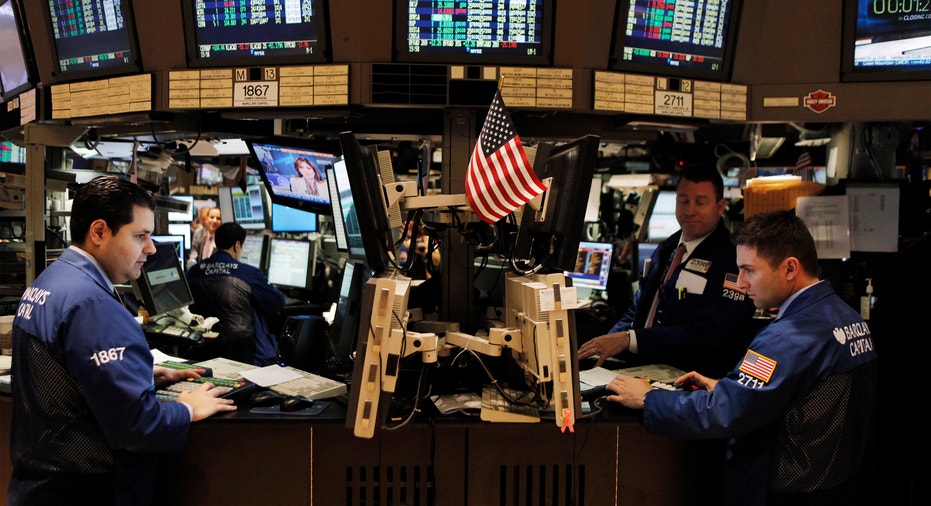Bull Market in U.S. Stocks Turns 8

The run of gains on Wall Street turns 8 years old on Thursday and, despite its advanced age, is expected to rage on, with perhaps a few hiccups, based on a combination of stronger company earnings, lower taxes and a corporate-friendly administration in Washington.
Strategists, however, warn that a correction of as much as 10 percent should be expected as the market is richly valued. The bull case for equities relies on analysts seeing little chance of recession in the short term.
"Just because the (bull) market has hit a birthday, or is among the longest ever, doesn’t mean that it will 'die' of old age," said Paul Nolte, portfolio manager at Kingsview Asset Management in Chicago.
"Markets don’t really pay attention to the calendar or the candles on the cake."
The S&P 500 index has rallied 250 percent since hitting a closing low of 676.53 on March 9, 2009. The gains since, uninterrupted by a decline of 20 percent or more, rank this bull market as the second longest ever.
The current run is nearly three years older than the average bull and more than a year shorter than the longest one: the rally from Oct. 11, 1990 to March 24, 2000.
The S&P continued to rise through a year-long decline in corporate earnings through most of 2016, supported in part by historically low interest rates which made stocks comparatively cheaper and more rewarding than U.S. Treasuries.
The index has risen nearly 6 percent in 2017, closing on Wednesday at 2,362.98. Analysts remain undeterred in their belief that more gains are coming as the economy and corporate earnings growth improve.
"With earnings growth expected to continue the rest of the year, it might be a rocky road but it could still be that the bull market makes it to nine," said Ryan Detrick, senior market strategist at LPL Financial in Charlotte, North Carolina.
A Reuters poll in December showed analysts expected the S&P 500 to finish 2017 at 2,350, buoyed by the belief that President Donald Trump's plans to stimulate the economy with infrastructure spending, lower taxes and financial deregulation would come to pass.
Strategists, including some with a lower target than that, see the bull market continuing, even if a correction is in the cards.
Julian Emanuel, executive director of U.S. equity and derivatives strategy at UBS Securities, said he expects a pullback of 5 to 10 percent to "refresh" the bull market and that such a correction would be a buying opportunity.
"The bull market is going to finish, in our view, when conditions begin to accumulate that tend to lead to a recession. We just don't see that as a 2017 or 2018 event," Emanuel said.
He warned, however, that "valuations have outrun earnings potential and the state of fundamentals generally."
With the S&P 500 currently trading at a forward price-to-earnings ratio of about 18, well above its average of 15, corporate profits will need to improve in order to bring down valuations.
Earnings are seen growing 10.7 percent this year compared to last, according to Thomson Reuters I/B/E/S data. Even though that is a lower expectation than the 12.5 percent estimate at the start of January, it still allows for a healthy gain in 2017.
U.S. economic data, including a private sector jobs report on Wednesday that showed growth recorded its biggest increase in more than a year in February, continues to improve and is far from indicating a downturn, further supporting stock prices.
"We do not yet see any of the warning signs that point to a larger decline," said Kingsview's Nolte, who sees a pullback of up to 5 percent. "A recession does not seem to be in the cards just yet."
(Additional reporting by Megan Davies, Sinead Carew and Caroline Valetkevich; Editing by James Dalgleish)



















